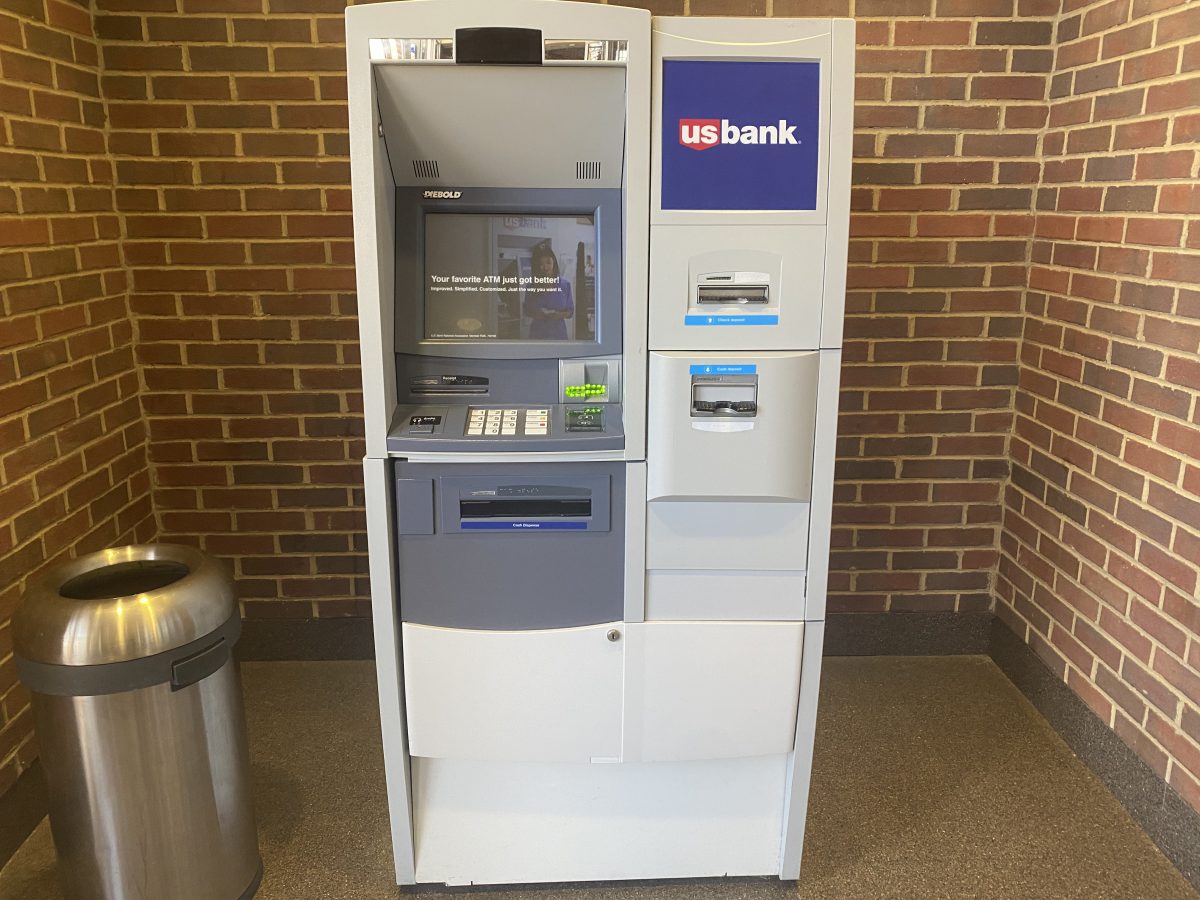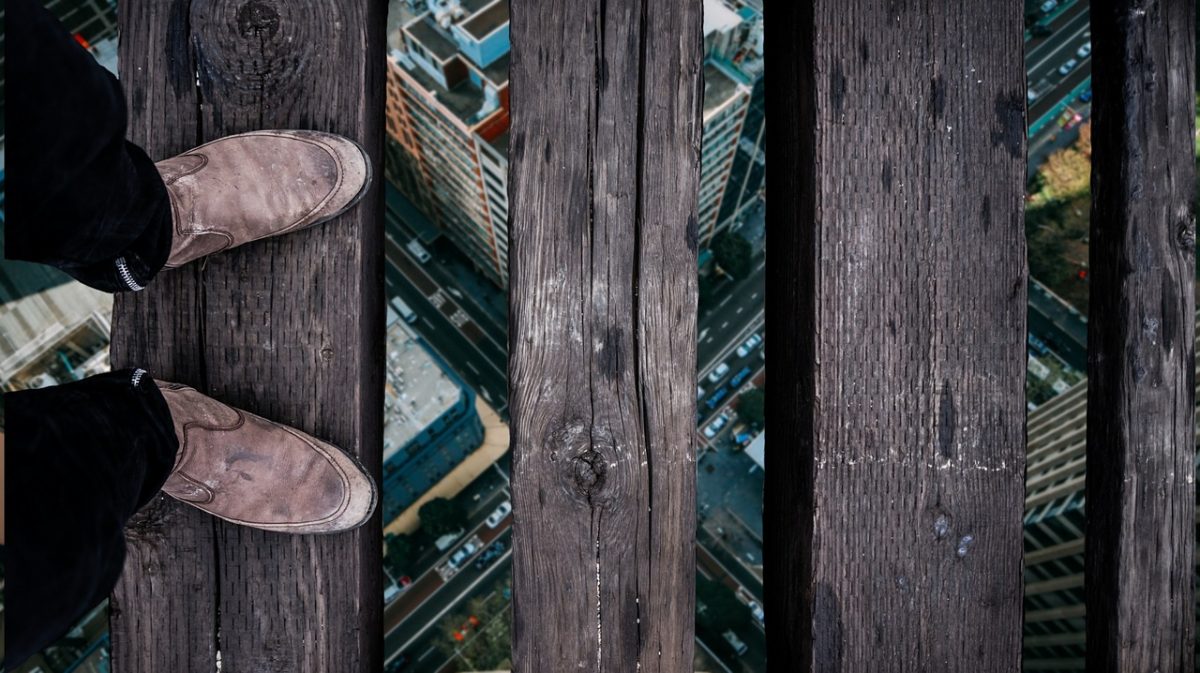It’s dark and the campus is dull and quiet. You walk out of your class and the air smells of smoke; your small class of 25 are all alone! The apocalypse happens and you are stranded; what do you do, and where do you go? Okay, this is Austin Peay, not “The Walking Dead,” so it’s most likely not the apocalypse. Sure, everyone loves to plan ahead for an invasion of brain eating zombies, but i’ll bet you and your friends never sat around the television and talked about what you would do if there was a flood and you were unable to get groceries to live on, or if your power went out!
Living on your own is scary and it is even scarier when you are placed in a situation that you were never prepared for! If you ever find yourself facing a natural disaster or a typical Clarksville seasonal flood, here are tips on how to keep you and your roommates safe until the problem is resolved:
Before getting into the tips let’s take a minute to understand how ill-prepared we as Americans are for an emergency! Statistics show that 44% of people do not have first aid kits, 48% do not have emergency supplies, 20% do not have a charger to stay updated on alerts, and 52% do not have copies of personal important documents. It’s time to make a solution for a rough situation:
- Understand what you are planning for:
- No one can be sure how long an emergency will last, and it is a major fear for those who are prepared that their supplies will run low, or even worse, they will run out of the supplies that they have packed. When you are making a kit, it is understandable that you are going to want to pack for months and months. However, you need to remember that this is something that needs to be easily accessible as well as easily transportable. Keep it to only one or two easily carried containers.
- The best way to pack your kit is to pack enough to last you three days! We live in Clarksville; it is rare that we are going to get something that keeps us trapped and locked away from supplies. Your golden number is 72 hours.
- Food:
- When I say pack food, that doesn’t mean to start stocking up on frozen pizzas! When you pack food, remember you need to prepare a feast of non-perishable foods. These are going to be your best friends if you are stuck in a situation where you are out of power and cannot heat anything up!
- When you are packing up your meals, keep in mind that each family member or roommate needs enough food for three days. This can add up to 15 cans of soup, 9 granola bars, and 21 tablespoons of peanut butter.
- When you are buying for your kit, remember to buy things you will want to eat. You are already in a stressful situation and most likely an emotional one if you are living on your own for the first time. Therefore, don’t add to the suffering by food that you cannot stand.
- Water! Water! Water!
- There is no way to survive a normal day without water, so definitely do not let this be something you forget about in your emergency kit.
- Once again, you are packing water to last for 72 hours!
- You will need a gallon of water for each day per person for three days. If you are a family of four, that would mean you are packing away 32,16oz bottles of water.
- Batteries:
- When you pack, keep in mind you do not know what kind of situation you are preparing for. So make sure you pack enough batteries for whatever might come up.
- These are super-important, as these will afford you the ability to stay in touch with the outside world. Your batteries are going to power your cell phone charger, radio, and flashlight.
- Storing your kit:
- You need your kit to be easy to access; this means do not put it in the back of your closet under everything you own.
- Do not over pack! Make sure you are able to keep the kit in one or two easy to carry containers. This is in case you are unable to stay in your home during the situation.
- Make sure you keep the kit in a cool and dry place.
- First aid kit:
- Things that need to be found in your first aid kit:
- A cellular device
- Splints
- Shield (for mouth to mouth)
- Ibuprofen
- Tweezers
- Alcohol wipes
- Antiseptic hand cleanser
- Medical adhesive tape
- Elastic bandages
- Insect bite swabs
- Triple-antibiotic ointment
- Hydrogen peroxide
- Bandage scissors
- Triangular bandages
- Instant cold packs
- Exam gloves
- Feminine products
- Things that need to be found in your first aid kit:
***Remember that you cannot prepare for only one emergency! Make you pack for whatever might happen***
- Random items to pack away:
- You will want to keep a copy of your important documents in this bag in case you are unable to retrieve these afterwards:
- Birth certificate, social security card, life insurance, etc.
- Whistle
- Dust mask
- Local maps
- Compass and instructions on how to use it
- Personal toiletry items
- Toothbrush, toothpaste, toilet paper, feminine products, etc.
- Pet food, water & supplies
- If you are a animal parent make sure you keep your fur babies in mind when you are packing up, they will also need food, water, etc.
- You will want to keep a copy of your important documents in this bag in case you are unable to retrieve these afterwards:
“We cannot stop natural disasters but we can arm ourselves with knowledge: so many lives wouldn’t have to be lost if there was enough disaster preparedness.” -Petra Nemcova







